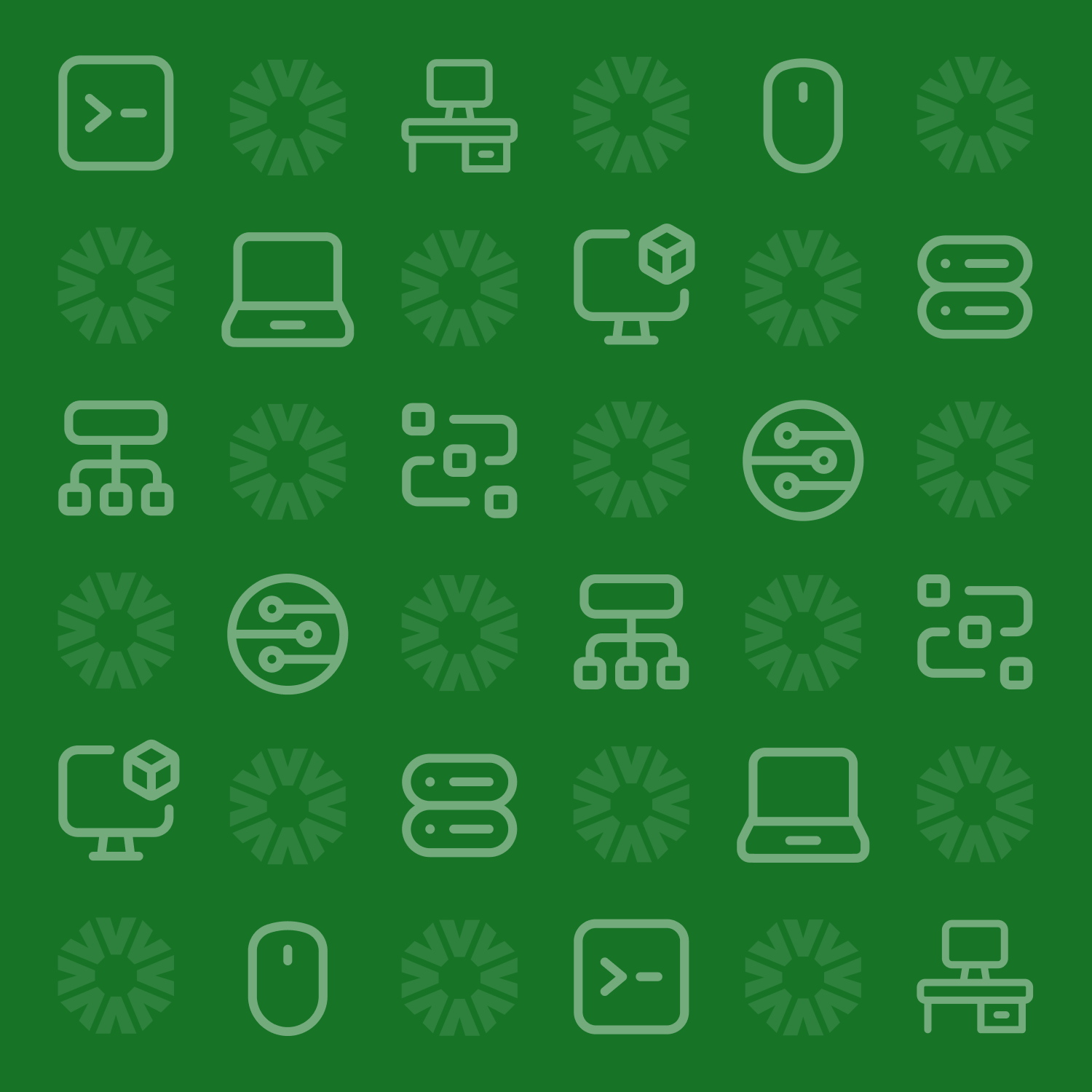Valon is on a mission to help every homeowner manage their mortgage and stay up to date on payments. To do this, we’re not only building an intuitive product, but also building a best-in-class customer service team to provide human assistance every step of the way. In this post, we’re taking a deep dive into the world of Quality Assurance (QA), one of the teams responsible for ensuring exceptional service. We rely on QA to measure, track, and help improve our team’s performance.
Problem
The Quality Assurance team at Valon helps champion our company mission of becoming a partner homeowners can trust by making sure every interaction with a homeowner is rooted in empathy, support, and knowledge. A score is given to each call, email, or chat based on which parts of the interaction “met expectations” and which “did not meet expectations.” Along with the score, feedback is also provided to team members around strengths, skills, talents, behaviors, and opportunities. Some of the specific criteria include:
- Did we set the homeowner up for success through the information we provided?
- Did we lead with empathy and humanity?
- Did we make sure to protect homeowner information and follow all regulations?
The main question on the team’s mind is, “How did we give our homeowners above and beyond service?” To answer this, data is key. Every call, chat, or email is an opportunity to hear our homeowners–what features are they excited about, what processes are the most frustrating, and which conversations are the most meaningful. The more interactions we can review, the more homeowner voices are integrated into our product, our culture, and our company.
Hannah Jindra, the head of our QA department, has been building out the infrastructure of Quality Assurance. “In the beginning, we didn’t have many resources,” she explained. “The QA team helps monitor quality throughout the company, but providing an outstanding customer experience is a shared goal. At that time, it was so early in the company’s history that we hadn’t yet hired key departments–training, documentation, change management–to create a 360 degree support system for our team members.” The QA team consisted of one person owning the best practices and guidelines, and therefore being responsible for diffusing those principles throughout the business.

She started simple, with a traditional QA program that focused solely on end-to-end manual reviews, meaning one person listened to each call, pausing the recording at various places to document, make notes, and write feedback before sending the results to the team member. The whole process took 30-40 minutes on average. While this did allow for the granular-level feedback needed for a small (but growing) company, it also took a long time, three- to four-times longer than the call itself.
These traditional elements of QA worked for the early days, but as the company grew to include more key players as support systems, the Quality program needed to grow as well. On top of that, to sustain a traditional QA program, we would have had to sacrifice higher review volume–listening to fewer calls and therefore having fewer homeowner voices to influence our business–or hire an unrealistically large QA staff to accommodate the review volume. It was time for QA 2.0.
To meet these needs while incorporating as many homeowner voices as possible, she wanted to take a closer look at efficiency, focusing on the question, “How can we review more calls without hiring a QA team that is larger than the team actually answering our calls?” By improving efficiency, she knew we could learn more about our customer service performance, using that information to improve the experience for our homeowners.
Solution
Technology continues to shape our reality in more ways that we can count, and the QA world is no exception. Advancements in Artificial Intelligence (AI) like voice recognition, voice-to-text transcriptions, key word- and phrase-spotting, and sentiment analysis are reshaping the way we carry out QA. When thinking about our efficiency, technology seemed like the logical place to start–we are a tech company, after all! To build out sustainable and long-term processes, we used AI to harness the power of autoscoring.
While all of our QA scoring is done with a computer, traditional QA methods don’t leverage AI technology to score the call. Through our customer service software, NICE, we can program specific words or phrases to be flagged, and then use those flags to “autoscore” specific sections of the call. Each call is still reviewed by someone from the QA team, but pre-filled answers based on AI logic have not only made scoring faster–cutting scoring time in half–but it’s also surprisingly accurate.
Impact
To provide our homeowners with a quality experience, we rely on upholding a standard of thorough and accurate call scoring. Autoscoring has allowed us to maintain this quotient while being both time- and cost-effective. Overall, we were able to score 50% more calls with half the QA staff we would have needed with a traditional model.
On top of these efficiencies, Artificial Intelligence is allowing us to be more call-specific. Once we set the feature to search for a specific word or phrase, we can lump all those words into a category and filter what calls have these phrases in their transcript. This allows us to dig down into specific topics, instead of digging into the whole call. In the end, we can investigate specific trends and behaviors in order to identify root causes and brainstorm solutions based on team-level data. Artificial Intelligence can provide us with:
- More data with fewer resources
- More specific, or targeted, data
- Better opportunity-tracking
- Streamlined root cause analysis
AI helps us catch problems in our systems or processes before they become widespread. We can do reporting, see our greatest strengths, and listen to the voice of the homeowner without the homeowner having to give us formal feedback. Every time they call in, their voices are taken seriously and worked into every level of the business through the increased insights QA is able to provide with the help of Artificial Intelligence.




